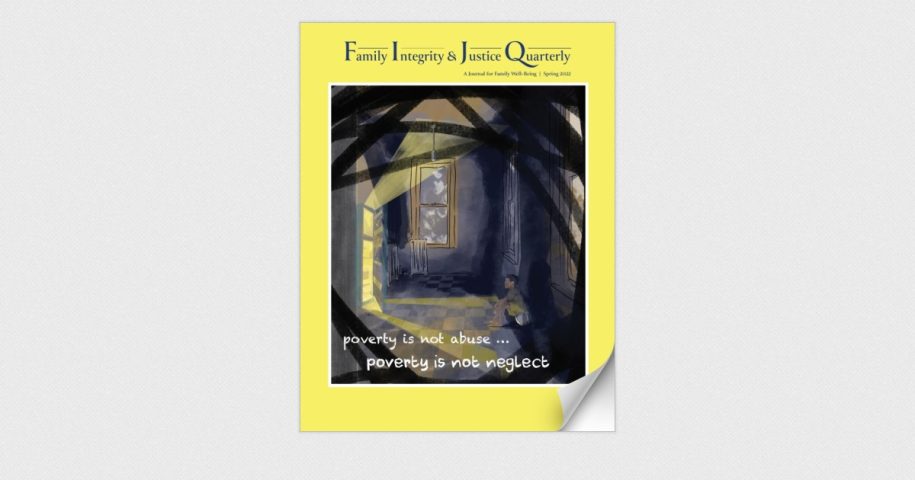Why End Mandated Reporting by Dorothy E. Roberts
In Torn Apart: How the Child Welfare System Destroys Black Families—And How Abolition Can
Build a Safer World, I argue that the U.S. child welfare system is part of a larger carceral regime,
which includes prisons and police, that is designed to control marginalized and disenfranchised
communities, especially those that are Black and Indigenous. Child welfare authorities claim to
protect children from parental maltreatment by investigating, monitoring, and punishing families,
and they exercise power over parents by wielding the threat to take away their children. In other
words, the main function of child protective services (CPS) is to police families.
A critical aspect of the family policing system is its enlistment of professionals to report their suspicions
of child maltreatment to state agencies. By federal edict, every state must identify people who work
in professions that put them in contact with children—such as teachers, health care providers, social
services staff, and day care workers—and require them by law to report suspected child abuse and
neglect to government authorities. As an arm of the family policing system, mandated reporting
is based on the system’s carceral logic, targets the marginalized communities under the system’s
control, and promotes the harms family policing inflicts on children and their family caregivers. The
articles in this important issue of Family Integrity and Justice Quarterly elucidate how mandated
reporting enables state surveillance, how it works in conjunction with vague definitions of child
neglect, and how ending these prongs of child welfare law can facilitate the transformation needed
in our approach to supporting families and keeping children safe.
Mass Discriminatory Surveillance
States began enacting reporting laws in the 1960s in response to the “discovery” of child abuse
in 1962 when pediatrician Henry Kempe and his colleagues published a paper coining the term
“battered child syndrome.” Almost every state had passed mandatory reporting provisions by 1967.
As the meaning of what constitutes child abuse broadened beyond severe cases of child abuse
and mandated reporting expanded, the number of maltreatment reports skyrocketed—from ten
thousand in 1967 to more than two million annually two decades later. Some states have passed
“universal” reporting legislation that requires all residents, with few exceptions, to convey their
suspicions to CPS or police.
Family policing relies on this expansive network of monitoring families that spans the school, health
care, public assistance, and law enforcement systems. The confluence of social services and child
protective services directs state surveillance against poor and low-income families, especially Black
families, who are more likely to rely on public service providers. Using social services, receiving
welfare benefits, and living in public housing subject families to an extra layer of contact with
mandated reporters. Public professionals are far more likely to report maltreatment than are private
professionals who serve a more affluent, paying clientele. Several of the articles point to an alarming
statistic: More than half (53 percent) of Black children and more than a third (37.4 percent) of all
children in America are the subject of a child maltreatment investigation by the age of 18.

